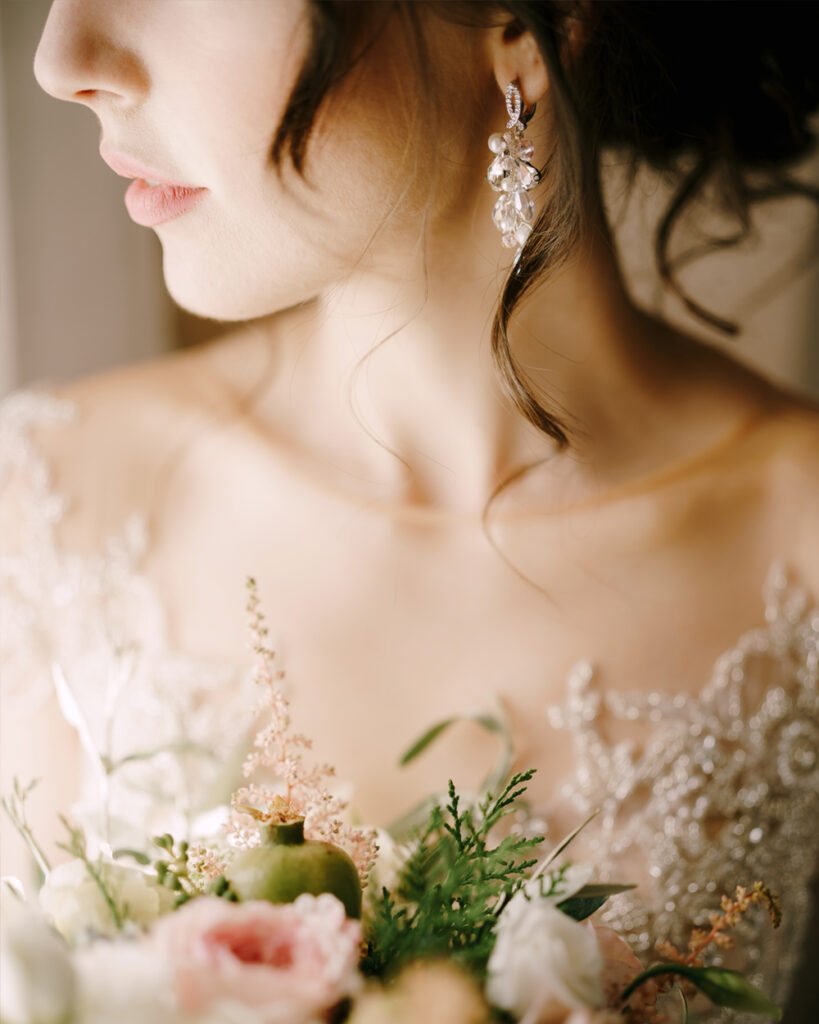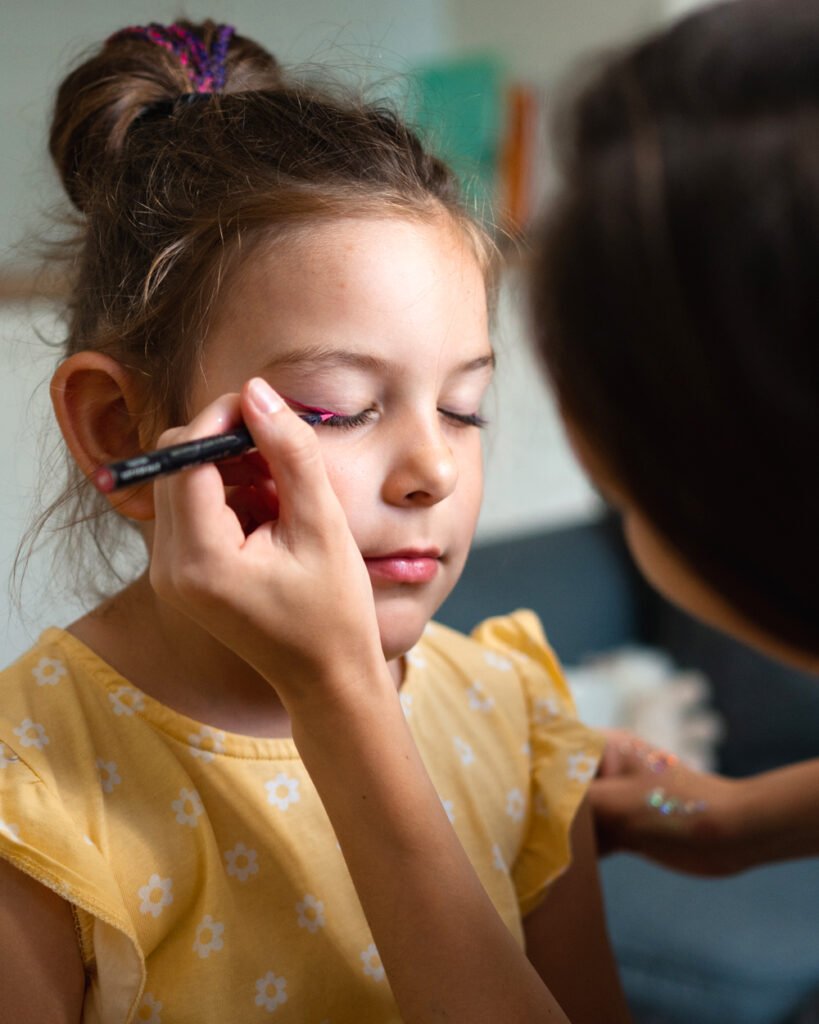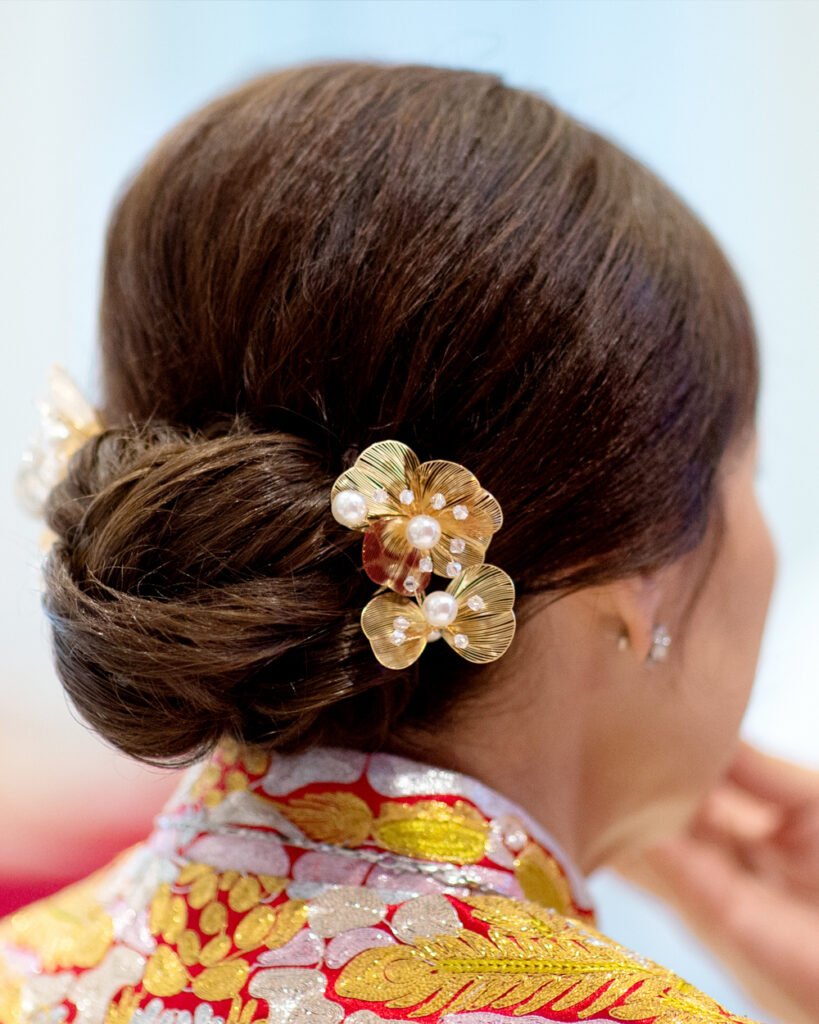Creating a flawless complexion is the key to any great makeup look. Whether for everyday wear or special occasions, a well-applied base can elevate your entire appearance. However, for many, the correct use of foundation and concealer remains a challenge. This article will unveil the secrets of base makeup, helping you master the techniques of using foundation and concealer to create a perfect, flawless look.
• Understanding your skin type and choosing suitable foundation and concealer products
• Mastering the correct methods and techniques for applying foundation and concealer
• Learning advanced base makeup techniques to solve common problems
Let’s dive into creating the perfect base makeup!
Understanding Your Skin
Before learning makeup techniques, it’s crucial to understand your skin type. Everyone’s skin is unique, and choosing products suitable for your skin type is essential for creating a perfect base.
According to dermatologists, common skin types include:
- Oily skin: Excessive sebum production, prone to shine
- Dry skin: Lacks moisture and oil, prone to flaking
- Combination skin: Oily T-zone, drier elsewhere
- Normal skin: Balanced oil and moisture, healthy
- Sensitive skin: Easily irritated and prone to redness
To determine your skin type, observe:
- Skin condition after cleansing
- Oil production throughout the day
- Tendency for breakouts or allergic reactions
The American Academy of Dermatology suggests that understanding your skin type makes choosing appropriate foundation and concealer products easier. For example, oily skin benefits from oil-free formulas, while dry skin needs more hydrating products.
Foundation Basics
Foundation is one of the most important base makeup products. It evens out skin tone, covers imperfections, and creates a perfect canvas for the rest of your makeup. There are various types of foundation, each with unique characteristics and suitable applications.
Common foundation types include:
- Liquid foundation: Suitable for most skin types, good coverage
- Powder foundation: Ideal for oily skin, good oil control
- Cushion foundation: Convenient for touch-ups, portable
- Cream foundation: Great for dry skin, moisturizing
- Stick foundation: Good for spot concealing, easy to use
According to renowned makeup artist Lisa Eldridge, consider the following when choosing a foundation:
- Skin type
- Desired coverage level
- Longevity requirements
- Occasion (everyday, special events, etc.)
Correct Foundation Application
Mastering the correct foundation application technique can make your makeup look more natural and long-lasting. Here are the steps for applying foundation:
- Skin preparation before base makeup:
- Thoroughly cleanse your face
- Use a toner suitable for your skin type
- Apply moisturizer and allow it to absorb
- Choose the right tools:
- Fingers: Ideal for light coverage, helps blend with skin
- Foundation brush: Suitable for heavier coverage
- Beauty sponge: Versatile, creates a natural finish
- Foundation brush technique:
- Apply a small amount of foundation to the back of your hand
- Dab the brush in the foundation and apply in circular motions
- Blend from the center of your face outward
- Even application:
- Start from the center of your face and blend outward
- Don’t forget to blend into your neck and behind your ears
- Use a patting motion to help the foundation meld with your skin
The Makeup Artist Association recommends applying foundation in natural light to ensure perfect blending with your skin tone.
Concealer Application Techniques
Concealer is crucial for creating a flawless base, effectively covering dark circles, blemishes, and other imperfections. Here are some concealer application tips:
- Choose the right concealer:
- Liquid concealer: Good for large areas
- Cream concealer: Ideal for spot concealing
- Powder concealer: Suitable for oily skin
- Correct order of application:
Most professional makeup artists recommend applying concealer after foundation to reduce product use and prevent the concealer from being diluted. - Techniques for different problem areas:
- Dark circles: Choose a slightly orange-toned concealer, pat gently with your ring finger
- Blemishes: Use green concealer to neutralize redness, then cover with skin-toned concealer
- Redness: Use yellow concealer to neutralize red areas
The British Association of Beauty Therapy and Cosmetology suggests using a dabbing motion rather than rubbing when applying concealer for a more natural finish.
Advanced Base Makeup Techniques
After mastering the basics of foundation and concealer application, here are some advanced techniques to take your base makeup to the next level:
- Mixing different foundations:
- Use different textures for different areas of your face
- For example, use oil-control foundation on the T-zone and moisturizing foundation on the cheeks
- Spot concealing and highlighting:
- After concealing, use a slightly lighter concealer under the eyes and on the bridge of the nose for brightening
- Use liquid highlighter on the cheekbones and forehead for a glowing effect
- Making your base last longer:
- Use setting powder or setting spray
- Apply an extra thin layer of foundation on oil-prone areas
- Carry blotting papers to remove excess oil throughout the day
Celebrity makeup artist Charlotte Tilbury suggests using a primer for special occasions or when you need your makeup to last for extended periods.
Cleaning and Maintaining Makeup Tools
Keeping your makeup tools clean is crucial for both the effectiveness of your makeup application and skin health. Here are some cleaning and maintenance tips:
- Regular cleaning:
- Foundation brushes: Clean 1-2 times per week
- Beauty sponges: Clean after each use
- Cleaning methods:
- Brushes: Use a professional brush cleanser or mild soap, gently wash the bristles
- Sponges: Soak in mild soapy water, squeeze out suds, and rinse thoroughly
- Maintenance tips:
- Air dry tools in a well-ventilated area
- Store away from direct sunlight and humid environments
- Regularly replace misshapen or damaged tools
The U.S. Food and Drug Administration (FDA) emphasizes that regular cleaning of makeup tools can prevent bacterial growth and reduce the risk of skin infections.
FAQs
1. How can I prevent my foundation from looking too heavy?
To avoid heavy-looking foundation, try these methods:
- Choose a lightweight foundation formula
- Use a damp beauty sponge to apply, which can sheer out the product
- Apply thin layers instead of one thick layer
- Use a brush to lightly sweep away excess product
2. How should I choose and use foundation for sensitive skin?
For sensitive skin, consider the following when choosing and using foundation:
- Opt for fragrance-free and alcohol-free gentle formulas
- Consider mineral foundations, which are often less irritating
- Always patch test on a small area before full application
- Look for products labeled “suitable for sensitive skin”
3. How can I maintain perfect base makeup in hot and humid weather?
To maintain your base makeup in hot and humid conditions, try these tips:
- Use an oil-control primer
- Choose water-resistant and sweat-proof foundation
- Set your makeup with powder or setting spray
- Carry blotting papers to remove excess oil throughout the day
- Opt for lighter coverage to avoid a heavy feeling
Mastering the correct use of foundation and concealer is key to creating perfect base makeup. By understanding your skin type, choosing suitable products, applying them correctly, and incorporating some advanced techniques, you can easily create a natural and flawless base. Remember, makeup is an art that requires practice and experimentation. We hope we can helps you progress in your makeup journey and showcase your best self.
If you’d like to experience professional makeup services or need more personalized makeup advice, feel free to contact us. We offer one-on-one makeup classes and services to help you find the perfect makeup style for you. Book an appointment now, and let’s create your perfect look together!








